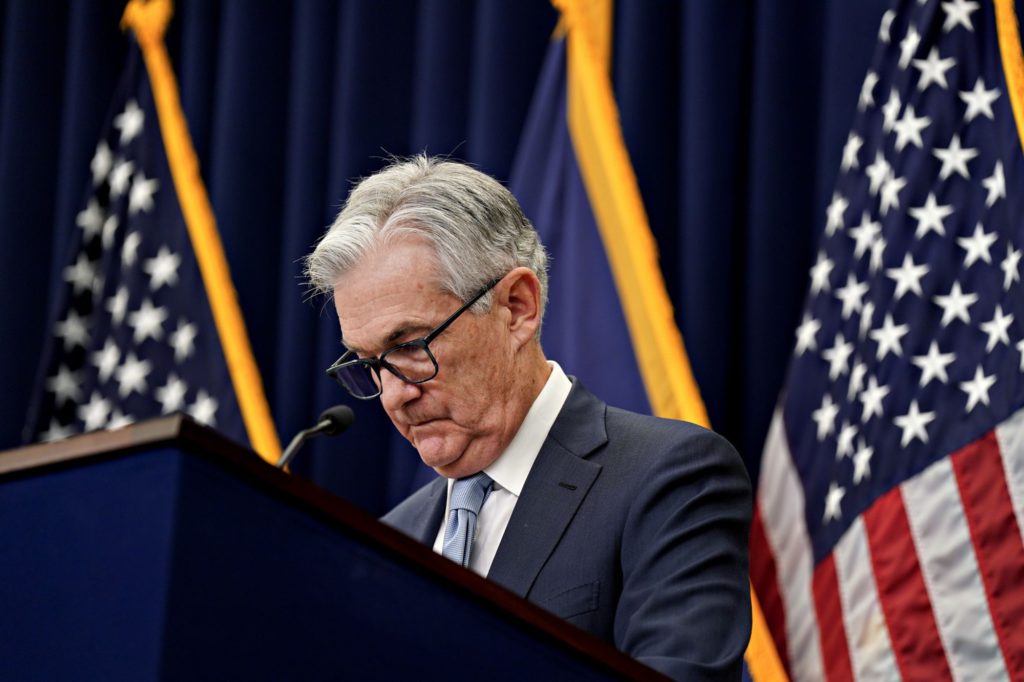(Bloomberg) — Investors are priming for Asian equity benchmarks to mirror declines in US stocks after the Federal Reserve raised interest rates and reduced its economic growth forecast.
(Bloomberg) — Investors are priming for Asian equity benchmarks to mirror declines in US stocks after the Federal Reserve raised interest rates and reduced its economic growth forecast.
Kerry Craig, global market strategist for JPMorgan Asset Management:
“The fabled Fed pivot may take longer than the market had been expecting. US equities didn’t react favorably to the outcome of the meeting and that sentiment is likely to flow into APAC markets,” he said. “For APAC, the China reopening story remains a tailwind but the degree that this will be able to offset the higher rates and still support USD remains to be seen.”
Kellie Wood, deputy head of fixed-income at Schroders Australia:
“Despite the upgrade to the dots, the end point is drawing closer. As we move into early next year the data should start to suggest that a recession is approaching. It will take some time for inflation to moderate to a level where the US Fed is comfortable with easing policy,” she said. “With the market already priced for a ~5% cash rate in the next 6 months, the dots are just catching up to what the market has priced for the US policy path.”
Anthony Doyle head of investment strategy for Firetrail Investments:
“Asian markets will take their lead from the US markets,” he said. “The theme of today for Asian markets is defensives holding up the most, so sectors like health care, food and beverages, and transport. Those sectors that were hurt the most, cyclicals or consumer-exposed — autos, tech materials and semiconductors — were down the most.”
Chamath De Silva, senior portfolio manager for BetaShares Holdings:
“USD continues to weaken, which should be supportive for Asian stocks at the margin,” he said. “Equities probably didn’t like that Powell emphasized that financial conditions need to reflect the Fed’s intent and probably explains the modest weakness in US stocks.”
Joseph Capurso, senior currency strategist for Commonwealth Bank:
“AUD/USD temporarily dipped by 1%. Higher commodity prices have supported AUD against the USD and the other major currencies. Now that AUD/USD has broken through resistance, 0.6850 could form a support level,” he said.
More stories like this are available on bloomberg.com
©2022 Bloomberg L.P.










